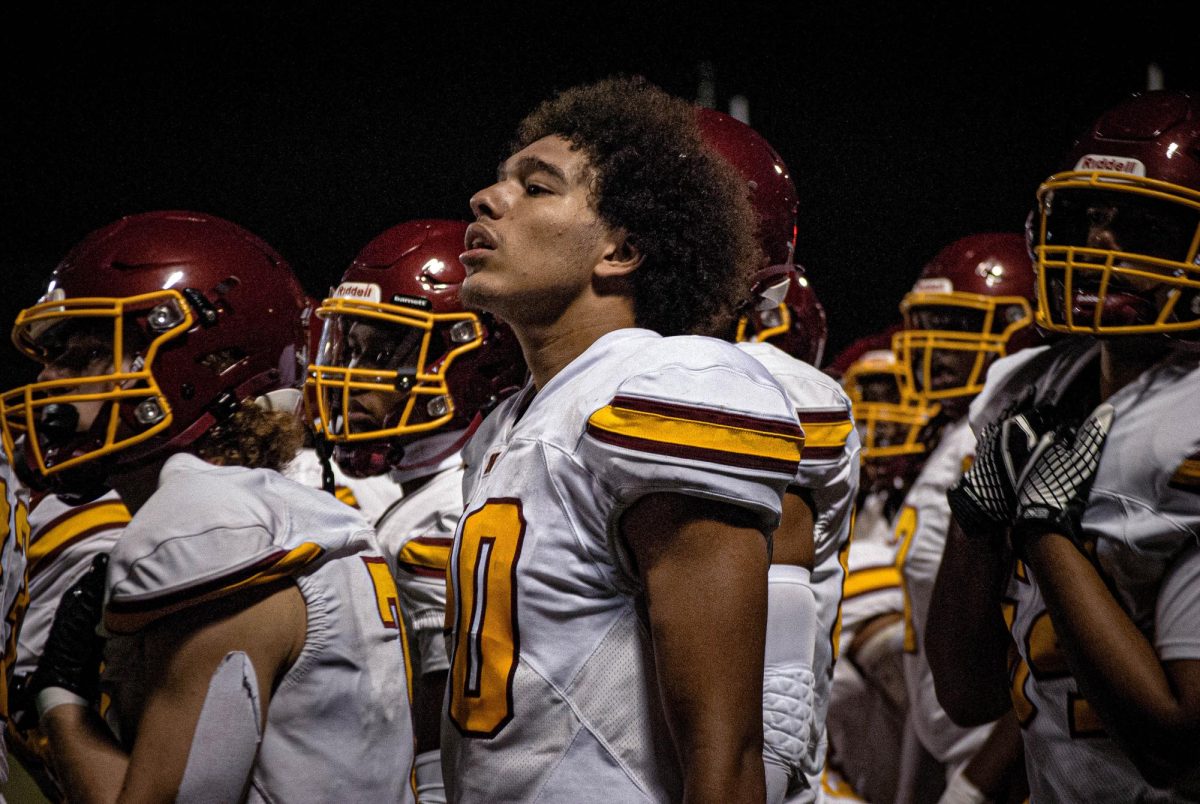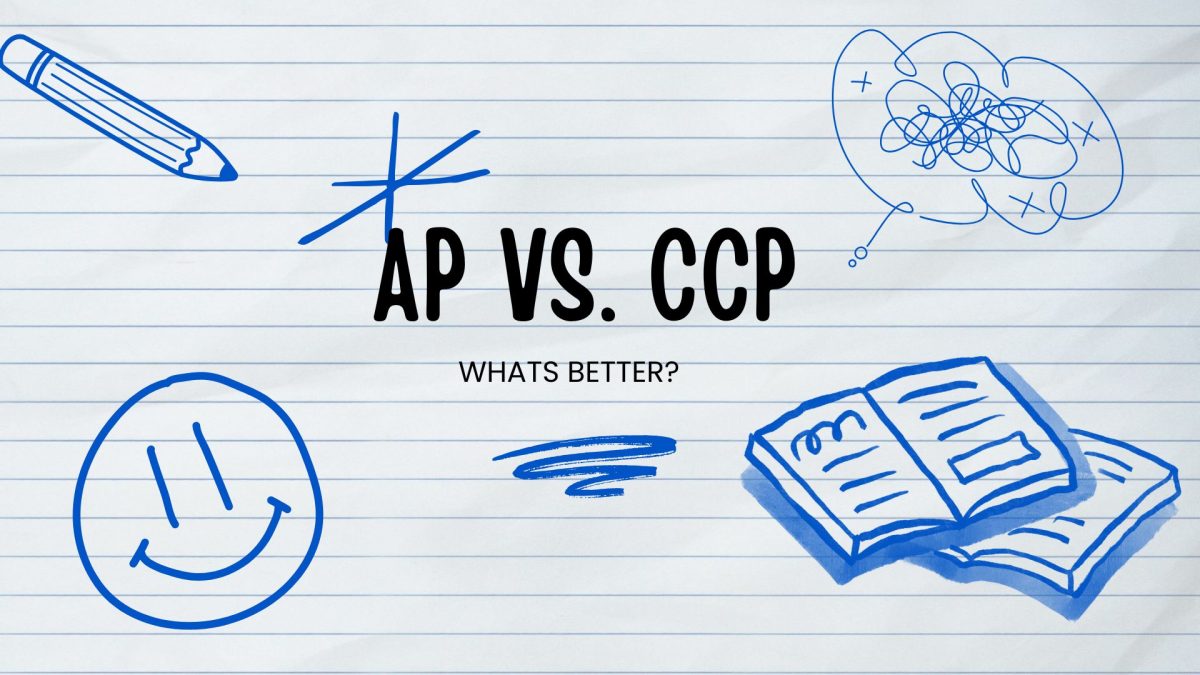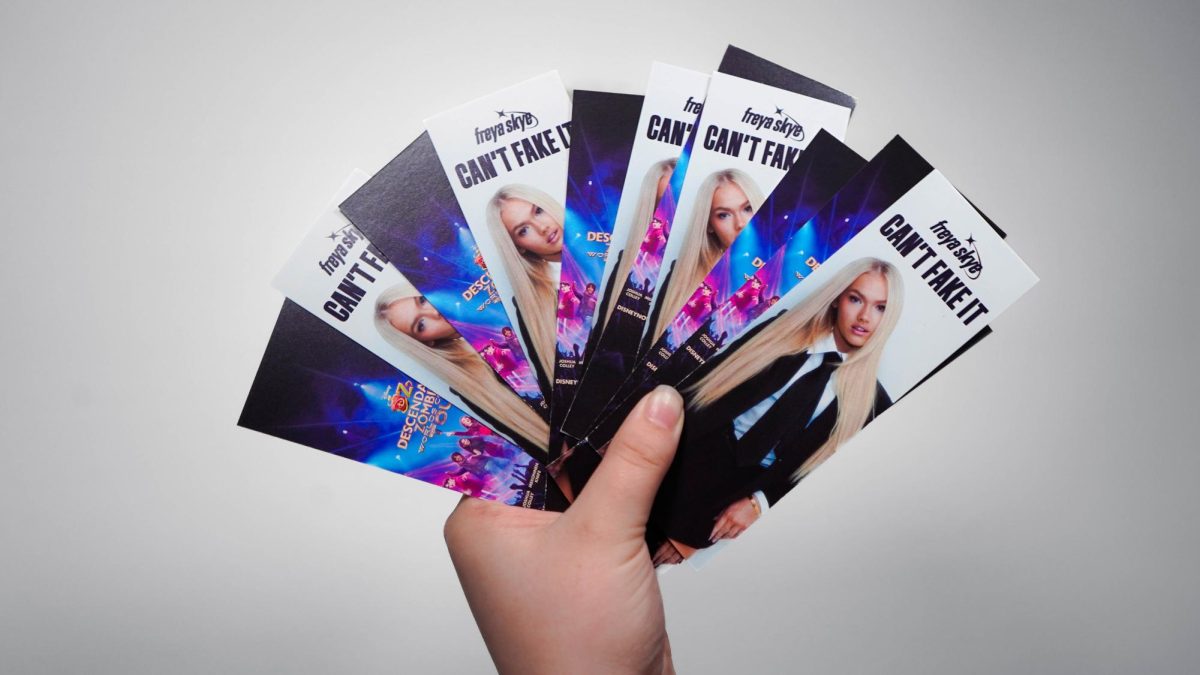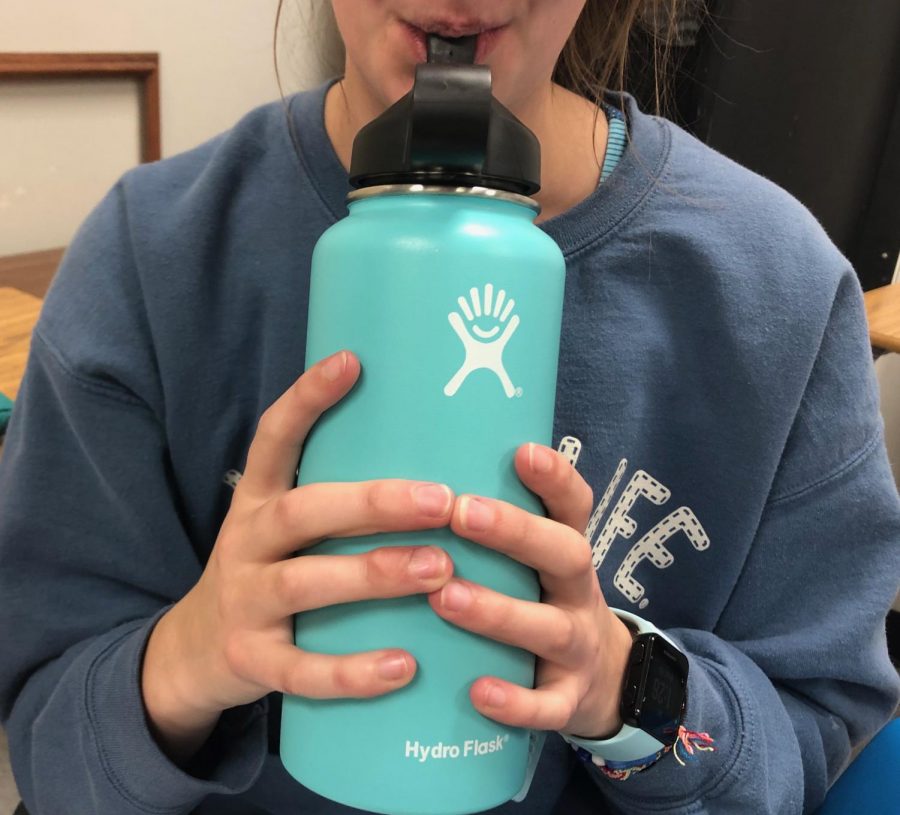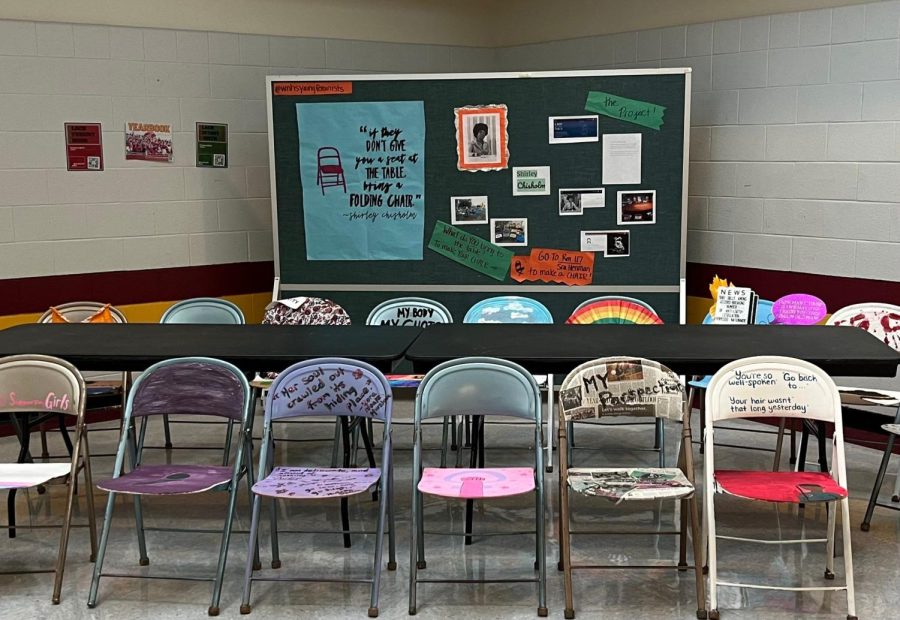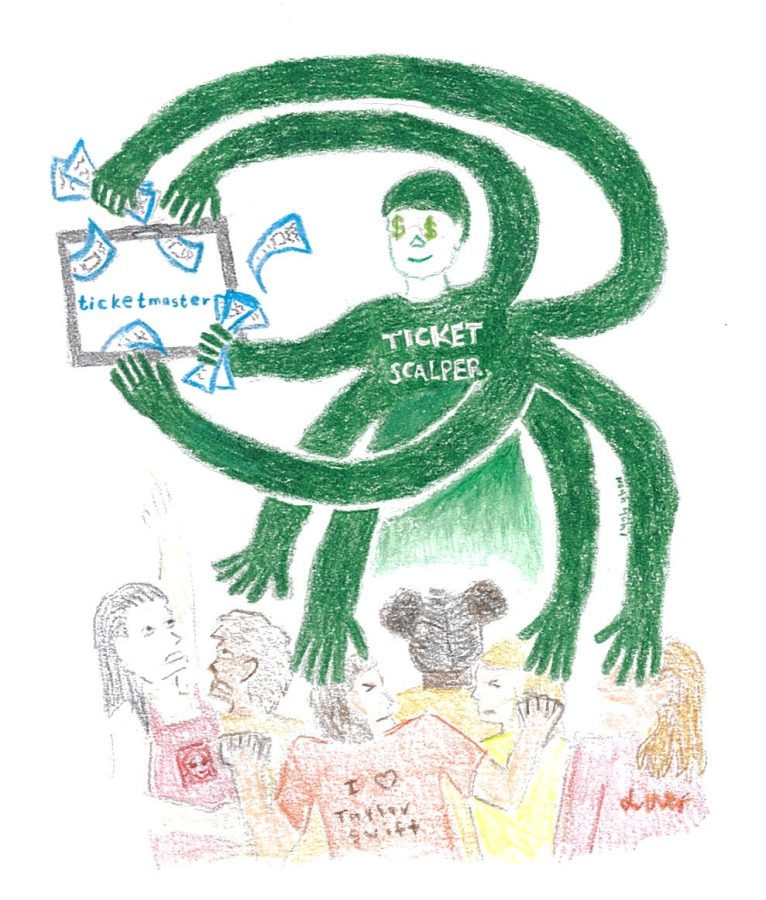BY HAYLEY HELT
Teens and adults alike are joining the new trend of environmentally friendly, seemingly expensive water bottles. There are a variety of brands and types of insulated water bottles on the market, and many have opinions on which brand is best.
There are a variety of brands and types of insulated water bottles on the market. According to a recent Odyssey poll of 100 students, Hydro Flask and Yeti are the most popular among North students.
Sophomore Audrey McMahon owns a teal Hydro Flask.
“I love my Hydro Flask. I use it almost everyday,” McMahon said.
The Hydro Flask company began in 2009 and has expanded ever since, according to HydroFlask.com hitting 1 million sales in 2011, only two years after they first opened.
In 2015 they expanded to Europe, with plans to go worldwide by the end of 2016, in which they accomplished with great success worldwide.
Due to Hydro Flasks growth in global popularity, many have jumped on the trend.
McMahon owns both a Hydro Flask and a Yeti. She loves both, but claims to use her Hydro Flask more.
“[Hydro Flask] is so unlike other water bottles. It keeps my water super cold. Being an athlete, I like to have super cold water [at practice and games] especially when it’s hot out,” McMahon said.
The goal of Hydro Flask is to keep water extremely cold, or warm beverages extremely warm.
According to Hydroflask.com, “We [Hydro Flask] don’t accept lukewarm – in our attitude toward life…or in the temperature of whatever we happen to be drinking.”
Even though the popularity of Hydro Flasks has increased, most students prefer Yeti’s insulated water bottles. According to a recent Odyssey poll, 61 percent of students would rather use a Yeti than a Hydro Flask.
Junior Elizabeth Briles has had her Yeti for a year.
“[My Yeti] insulates my drinks pretty well,” Briles said.
Yeti Cooler has been around since 2006. It was created by two brothers who wanted to create a cooler that would hold up in all different types of conditions weather one was fishing, skiing or at a family cookout.
According to Yeti.com, “[Yeti Cooler] built the cooler you’d use every day if it existed,”.
Eventually, Yeti Cooler expanded their business to make insulated water bottles, coffee cups, apparel and more. Many people use Yetis to drink other beverages in addition to water.
“I actually drink tea out of my Yeti,” Briles said.
There are so many choices when it comes to insulated water bottles, and they come in a variety of prices, dependent on their size.
The 18 oz Hydro Flask is $29.95, whereas a 18 oz Yeti water bottle is $29.99. As the bottle gets larger, the price also increases. The 24 oz Hydro Flask is $34.95 and the 26 oz Yeti is $39.99. The prices are similar depending on the brand, but some teen consumers think that the new water bottle trend is too expensive.
Junior Maia Davidson does not own a Hydro Flask or a Yeti.
“They [Hydro Flasks and Yeti’s] are way too expensive! You can buy an insulated water bottle at Target for $10,” Davidson said.
Regardless of the price of Hydro Flasks and Yeti’s, students gravitate towards these water bottles for several different reasons.
Some students believe that when people have a certain type of water bottle, it defines their status.
“I think that having a certain type of water bottle can define your status. [most times] people just want brand names of things,” McMahon said.
However, some students disagree that owning these water bottles is all about status.
“No I don’t think that having a certain type of water bottle can define your status. I know some really popular people that use regular plastic water bottles,” Briles said.
Instead Briles thinks that the environment is the biggest reason students use insulated water bottles instead of plastic.
“I think we [teens] like to think of ourselves to be environmentally conscious, so we try to avoid using single use water bottles,” Briles said.











